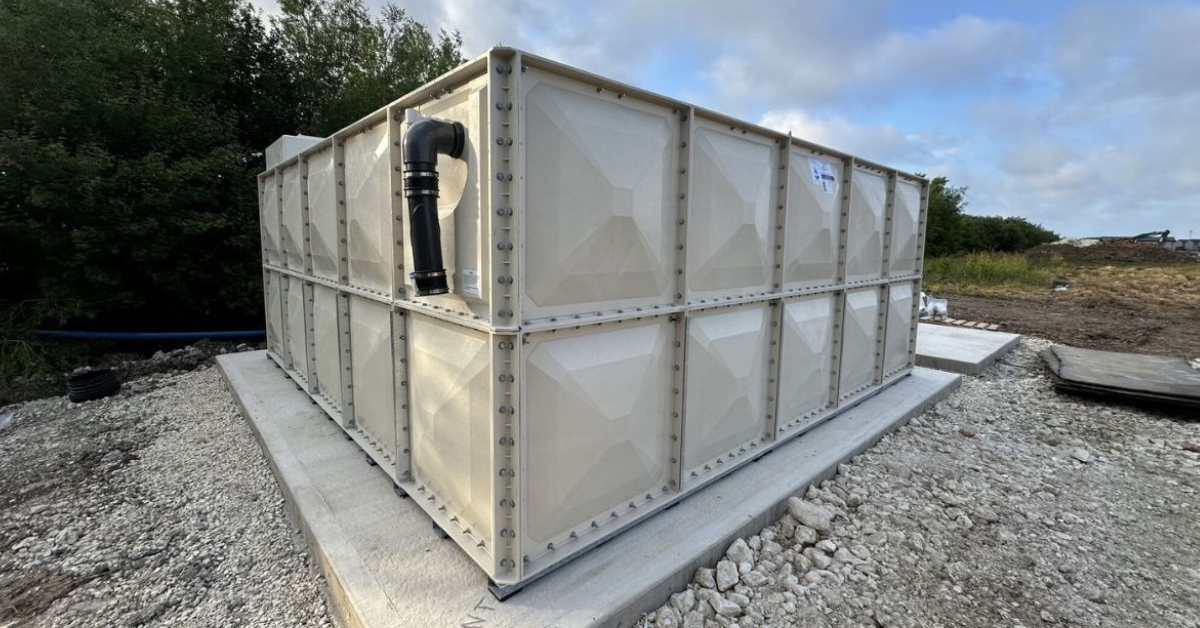
Dangers of a Leaking Overflow Pipe
Home » Dangers of a Leaking Overflow Pipe

Overflow Pipe Dripping? Here’s How to Protect Your Irish Home from Costly Water Damage
Noticed a drip coming from your overflow pipe? While it might seem harmless, it’s often your home’s way of waving a red flag. Overflow pipes—commonly found in attic water tanks—are there to prevent flooding, but when they start leaking, it’s a sign something needs fixing fast.
In this guide, we’ll break down why overflow pipes drip, the most common causes, how to fix them, and most importantly—how to stop it from happening again.
Why Is My Overflow Pipe Dripping?
Overflow pipes are designed to safely divert excess water, but if yours is dripping consistently, it means the system isn’t working as it should. And if left unchecked? It can lead to mould, water damage, sky-high bills, or even structural issues.
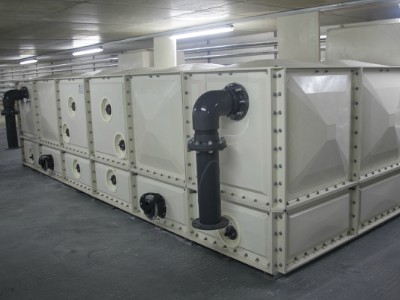
Common Reasons Your Overflow Pipe Is Leaking
Knowing the cause is the first step to a fix. Here are the most frequent culprits behind a leaking overflow pipe in Irish homes:
1. Clogged Pipe
Limescale, debris, or even insulation can block the overflow pipe, forcing water to leak elsewhere. A blocked pipe won’t protect your home—and that’s when the damage starts.
2. High Water Pressure
Excessive pressure can push too much water into the tank, overwhelming the ball valve and causing it to spill out through the overflow pipe. Check your taps and showerheads for signs of pressure issues or backflow.
3. Worn-Out Ball Valve
If the ball valve inside your tank is stuck or broken, it won’t stop water from entering. The result? A constantly overfilling tank and a never-ending drip.
4. Old or Damaged Piping
Over time, overflow pipes can corrode, crack, or simply lose their integrity. Older homes in Ireland are especially vulnerable—inspect yours if it hasn’t been checked in years.
5. Hidden Leaks You Can’t See
Sometimes, leaks only show up during quiet hours—like early morning when water use is low. Check your attic tank first thing to catch issues that fly under the radar during the day.
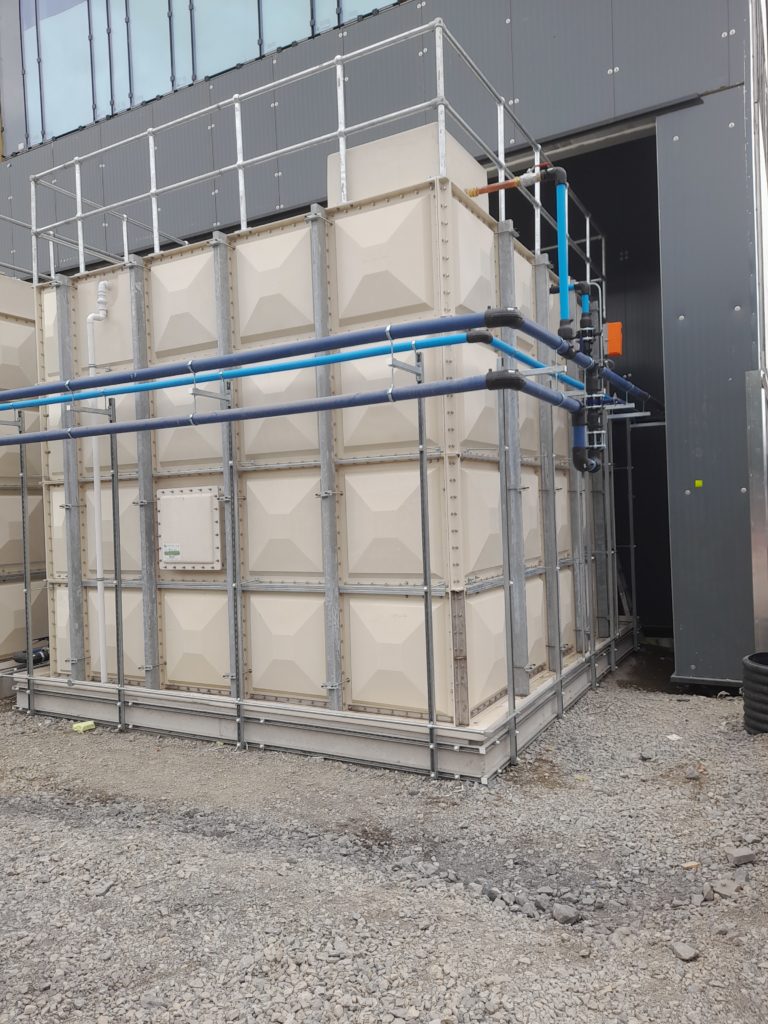
IS A LEAKING OVERFLOW PIPE DANGEROUS?
Short answer: Yes. Here’s why it shouldn’t be ignored:
- Water Damage – Drips can lead to damp walls, ceilings, and even foundations.
- Rising Bills – Even slow leaks waste litres of water, inflating your utility bills.
- Mould and Mildew – Constant moisture is a breeding ground for unhealthy spores.
- Structural Risks – Over time, water can weaken beams, ceilings, and walls.
Pro Tip: Overflow pipes must be installed correctly from the start. A poorly installed pipe could cost you thousands in repairs down the line.
How to Fix a Leaking Overflow Pipe – Step by Step Guide
Step 1: Find the Source
Check the tank in your attic. Look for a faulty ball valve, a crack in the pipe, or obvious blockages.
Step 2: Turn Off the Water
Cut the water supply to the affected tank or area to prevent further overflow while you assess or repair.
Step 3: Repair or Replace
- Adjust the Ball Valve – Often, repositioning or freeing a stuck valve is all that’s needed.
- Replace Damaged Parts – Swap out cracked pipes or faulty valves with durable components built to last.
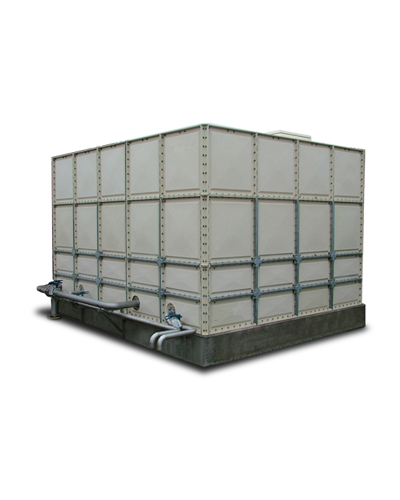
How to Prevent Future Drips
Prevention saves you time, stress, and money. Here’s how to stay ahead of overflow issues:
- Check regularly: Do a monthly attic check—especially after cold snaps or storms.
- Monitor water pressure: Use a regulator if needed to avoid overloading the tank.
- Invest in quality: Durable ball valves and piping reduce long-term issues.
- Get professional help: Have your system inspected annually by a qualified plumber.
Don’t Let a Dripping Pipe Turn Into a Disaster! A dripping overflow pipe may seem minor—but it’s often a sign of something bigger. Don’t wait until the damage is done.
Need help? Our expert plumbing team is here for Irish homeowners like you. Whether it’s a quick fix or a full system check, we’ll make sure your overflow piping is leak-free and future-proof.
Contact us today for prompt, expert advice and reliable solutions that protect your home and wallet.
FAQs
An overflow pipe is a safety feature typically found in attic water tanks. Its job is to redirect excess water safely away from the tank to prevent flooding or damage inside your home.
Consistent dripping usually means the system isn’t functioning properly. It can signal underlying issues such as:
A faulty ball valve
High water pressure
Clogged or damaged pipes
Undetected leaks during low-usage hours
Yes. Ignoring a leaking overflow pipe can lead to:
Water damage to walls, ceilings, or foundations
Increased utility bills due to wasted water
Mould and mildew growth
Potential structural damage over time
The most common causes include:
Clogged pipe: Blocked by debris, insulation, or limescale
High water pressure: Forces water past the ball valve
Worn-out ball valve: Fails to shut off water properly
Old or damaged piping: Cracked or corroded over time
Hidden leaks: Only noticeable when water usage is low
Step 1: Identify the problem – check the attic tank for visible faults
Step 2: Turn off the water supply to prevent further overflow
Step 3: Repair or replace the faulty component
Adjust or replace the ball valve
Replace damaged pipes
Conduct monthly inspections, especially after storms
Monitor and regulate water pressure
Use high-quality valves and piping
Schedule an annual plumbing check-up
Call 064 663 2421, use our instant webchat, or fill out the contact form. Our expert team can provide immediate advice, professional repair, and future-proof solutions.
Read More...
- Installation & Maintenance
- Cold Water Storage Tanks
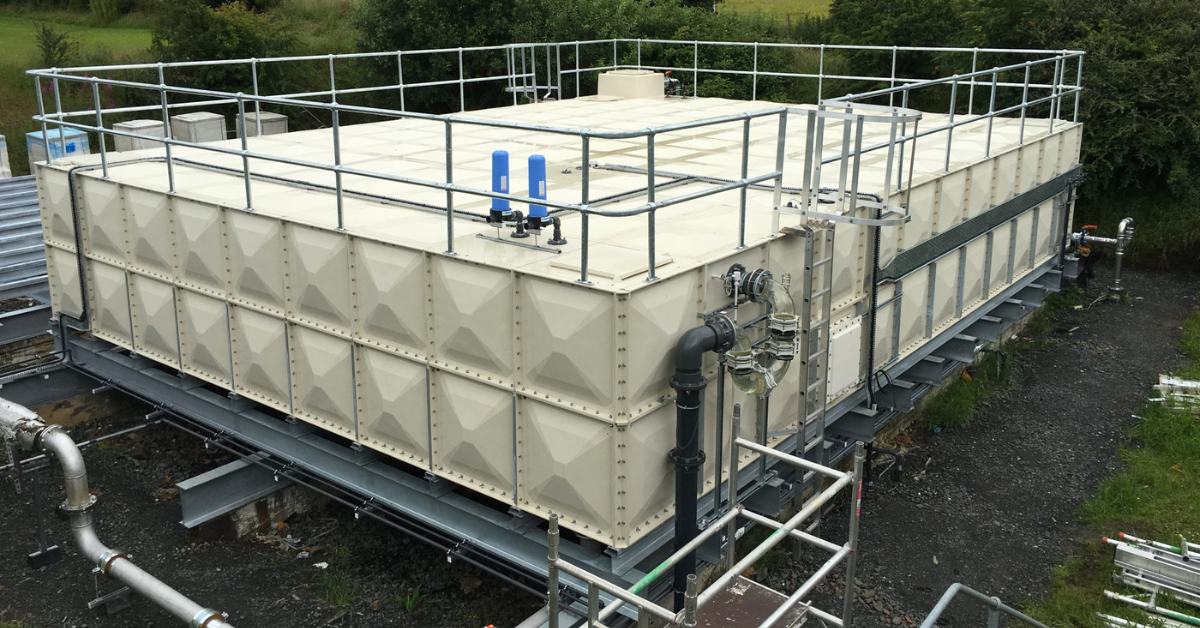
Water Tank Replacement
Need a water tank replacement? Tricel offers expert installation and maintenance services across Ireland. Our GRP sectional tanks are durable, compliant with regulations, and tailored to your needs. Contact us for a free quote today!
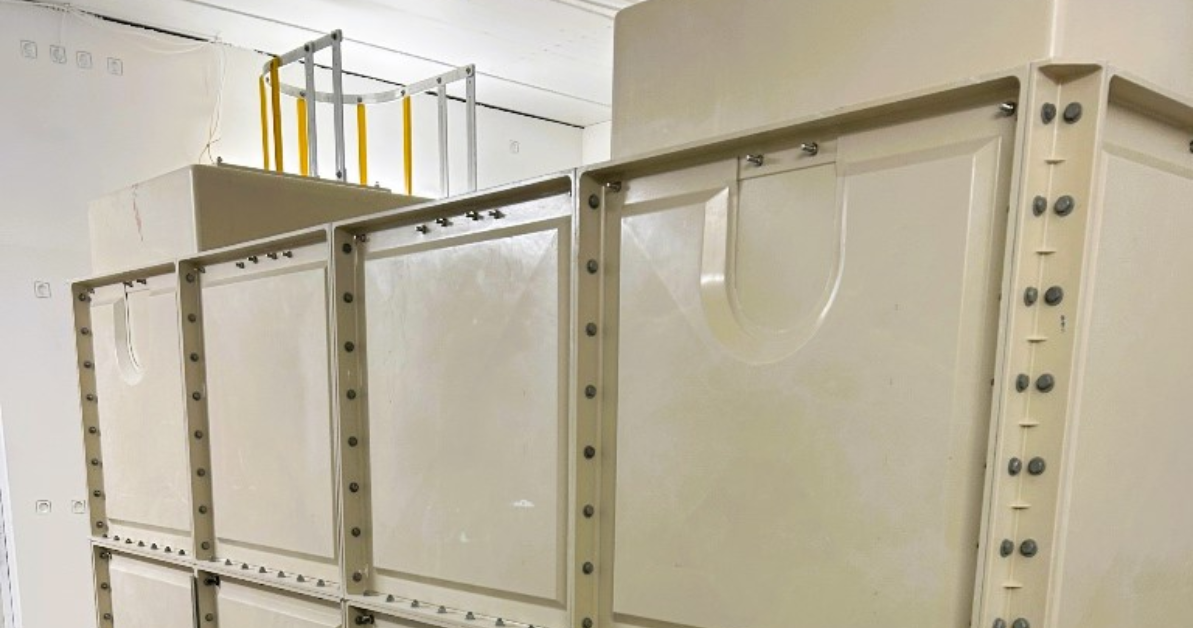
How to Optimise Your System with an Attenuation Tank
Enhance flood protection, reduce erosion, and improve water quality with Tricel’s attenuation tanks. Our comprehensive guide covers benefits, installation steps, and maintenance tips to ensure optimal performance. Start optimising your system today!

Dangers of a Leaking Overflow Pipe
A leaking overflow pipe may seem minor, but it can lead to significant issues like water damage, mold growth, and increased utility bills. Promptly addressing the underlying cause is crucial to prevent further complications. For a comprehensive guide on identifying and fixing leaking overflow pipes, visit Tricel's full article.

